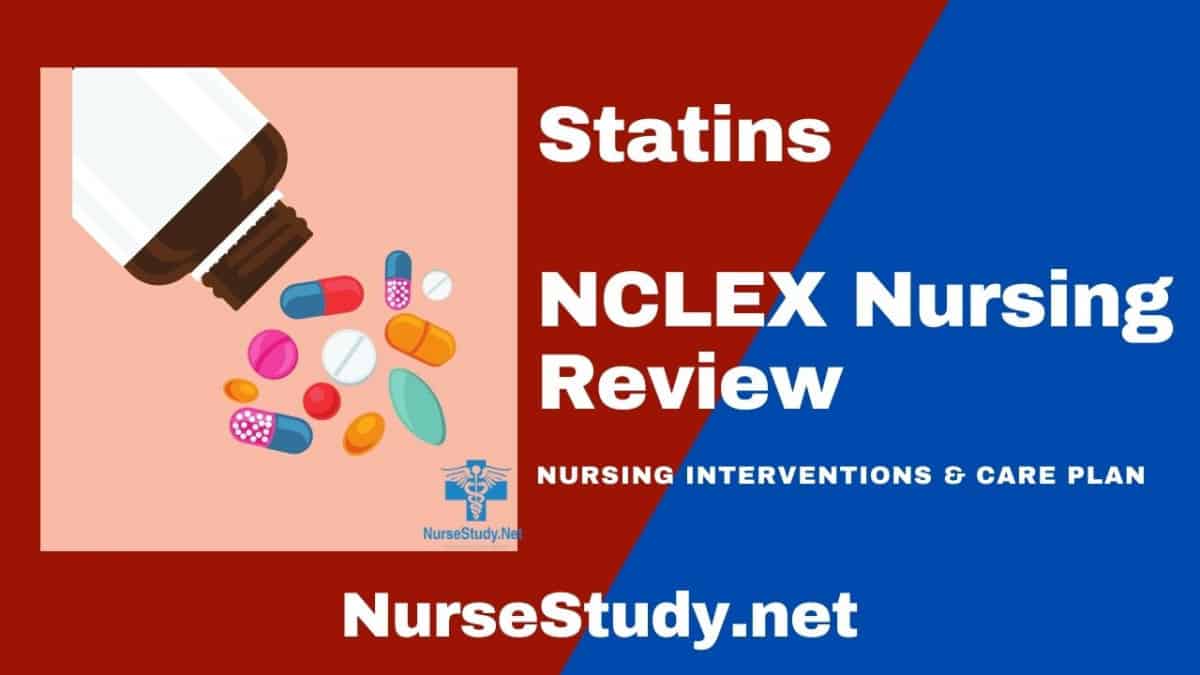Statins are a class of lipid-lowering medications that work by inhibiting HMG-CoA reductase, the key enzyme responsible for cholesterol synthesis in the liver. They are the most commonly prescribed medications for managing hypercholesterolemia and preventing cardiovascular disease.
Generic names: Atorvastatin, Simvastatin, Rosuvastatin, Pravastatin, Lovastatin, Fluvastatin, Pitavastatin
Brand names: Lipitor, Zocor, Crestor, Pravachol, Mevacor, Lescol, Livalo
Pharmacologic class: HMG-CoA Reductase Inhibitors
Therapeutic class: Antihyperlipidemic agents
Mechanism of action: Statins work by competitively inhibiting HMG-CoA reductase, which reduces cholesterol synthesis in the liver. This leads to increased LDL receptor expression and enhanced clearance of LDL cholesterol from the bloodstream.
Indications for use: Primary and secondary prevention of cardiovascular disease, hypercholesterolemia, mixed dyslipidemia, homozygous familial hypercholesterolemia, and atherosclerotic cardiovascular disease risk reduction.
Precautions and contraindications: Active liver disease, pregnancy, breastfeeding, unexplained persistent elevations in serum transaminases, known hypersensitivity to statins.
Drug Interactions
- Gemfibrozil and other fibrates increase the risk of myopathy
- Cyclosporine increases statin blood levels and the risk of myopathy
- Alcohol consumption may increase the risk of liver damage
- Grapefruit juice can increase statin blood levels (especially with atorvastatin, simvastatin, and lovastatin)
- Warfarin effects may be potentiated
- Antifungal medications can increase statin blood levels
Adverse Effects
- Muscle pain, weakness, and rhabdomyolysis
- Elevated liver enzymes
- Increased blood sugar levels and risk of diabetes
- Memory problems and confusion
- Digestive problems (nausea, diarrhea, constipation)
- Skin rash
- Sleep disturbances
- Headache
- Joint pain
Administration Considerations
Available preparations: Oral tablets, extended-release tablets
Common adult dosages:
- Atorvastatin: 10-80 mg once daily
- Simvastatin: 5-40 mg once daily
- Rosuvastatin: 5-40 mg once daily
- Pravastatin: 10-80 mg once daily
- Lovastatin: 10-80 mg daily
- Fluvastatin: 20-80 mg daily
- Pitavastatin: 1-4 mg once daily
Most statins should be taken in the evening to maximize effectiveness, as cholesterol production peaks overnight.
Nursing Considerations for Statins
Related Nursing Diagnoses
- Risk for injury related to myopathy
- Risk for impaired liver function
- Deficient knowledge related to medication regimen
- Risk for nonadherence
- Imbalanced nutrition: less than body requirements related to GI side effects
Nursing Assessment
- Assess baseline lipid panel, liver function tests, and CK levels before initiating therapy.
- Obtain comprehensive medication history to identify potential drug interactions.
- Assess for muscle pain, weakness, or tenderness, especially during the initial weeks of therapy.
- Monitor liver function tests periodically as recommended.
- Assess for signs and symptoms of liver dysfunction (jaundice, dark urine, upper right quadrant pain).
Nursing Interventions
- Monitor lipid levels regularly to evaluate medication effectiveness.
- Assess for muscle pain or weakness at each visit.
- Monitor liver function tests according to facility protocol.
- Document and report any adverse effects promptly.
- Encourage adherence to the prescribed medication schedule.
- Provide education about lifestyle modifications to support cholesterol management.
Patient Teaching Associated with Statins
- Take medication as prescribed, typically once daily. Some statins work better when taken in the evening.
- Report any unexplained muscle pain, tenderness, or weakness immediately, especially if accompanied by fever or fatigue.
- Avoid grapefruit juice while taking certain statins (especially atorvastatin, simvastatin, and lovastatin).
- Maintain regular exercise and follow a heart-healthy diet while taking statins.
- Avoid or limit alcohol consumption while taking statins.
- Do not stop taking statins without consulting your healthcare provider, even if you are feeling better.
- Inform all healthcare providers about statin therapy before starting new medications.
- Women should avoid becoming pregnant while taking statins and notify healthcare providers immediately if pregnancy occurs.
This is not an all-inclusive list of possible drug interactions, adverse effects, precautions, nursing considerations, or patient instructions. Please consult further with a pharmacist for complete information.
References
- Ackley, B. J., Ladwig, G. B., Makic, M. B., Martinez-Kratz, M. R., & Zanotti, M. (2023). Nursing diagnoses handbook: An evidence-based guide to planning care. St. Louis, MO: Elsevier.
- Horodinschi RN, Stanescu AMA, Bratu OG, Pantea Stoian A, Radavoi DG, Diaconu CC. Treatment with Statins in Elderly Patients. Medicina (Kaunas). 2019 Oct 30;55(11):721. doi: 10.3390/medicina55110721. PMID: 31671689; PMCID: PMC6915405.
- Im, S., Lee, Y., Kim, S. H., Choi, J. W., Kim, K. H., & Hwang, H. Y. (2024). Impact of Perioperative High-Intensity Statin Use on New Onset Atrial Fibrillation After Aortic Valve Replacement. Annals of Thoracic Surgery Short Reports. https://doi.org/10.1016/j.atssr.2024.11.005
- Silvestri, L. A. (2023). Saunders comprehensive review for the NCLEX-RN examination. St. Louis, MO: Elsevier.
- Sirtori CR. The pharmacology of statins. Pharmacol Res. 2014 Oct;88:3-11. doi: 10.1016/j.phrs.2014.03.002. Epub 2014 Mar 20. PMID: 24657242.
